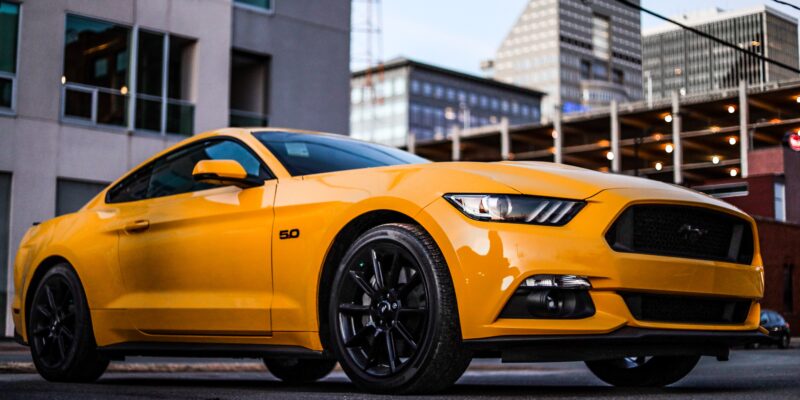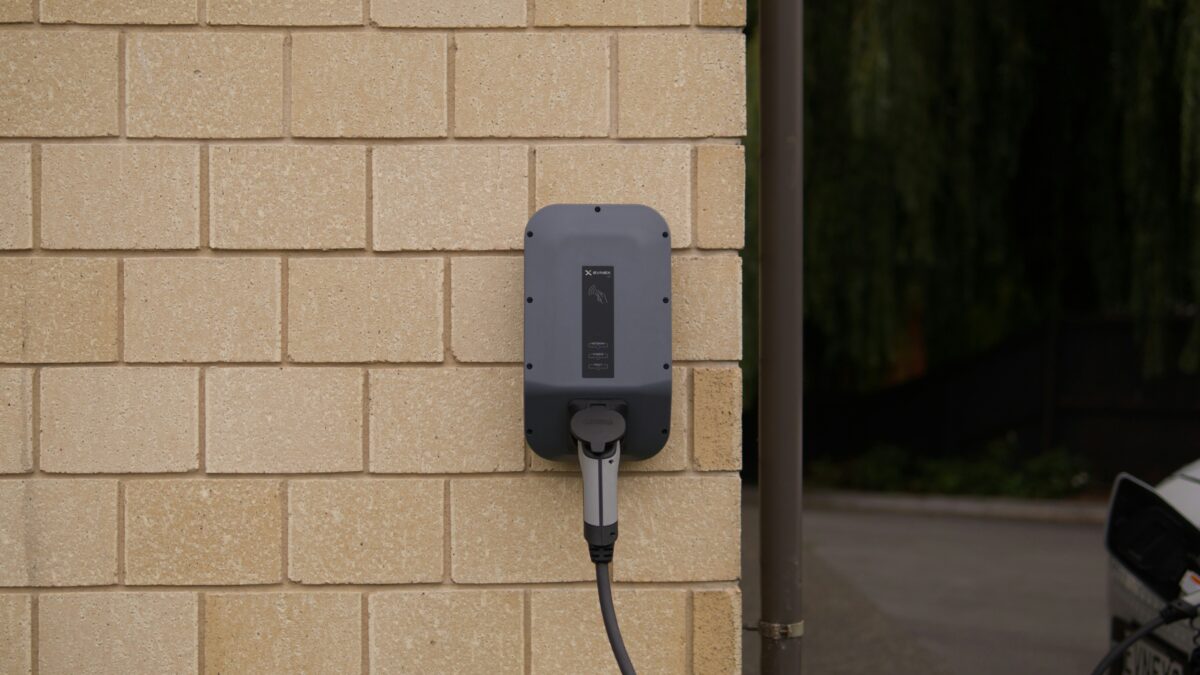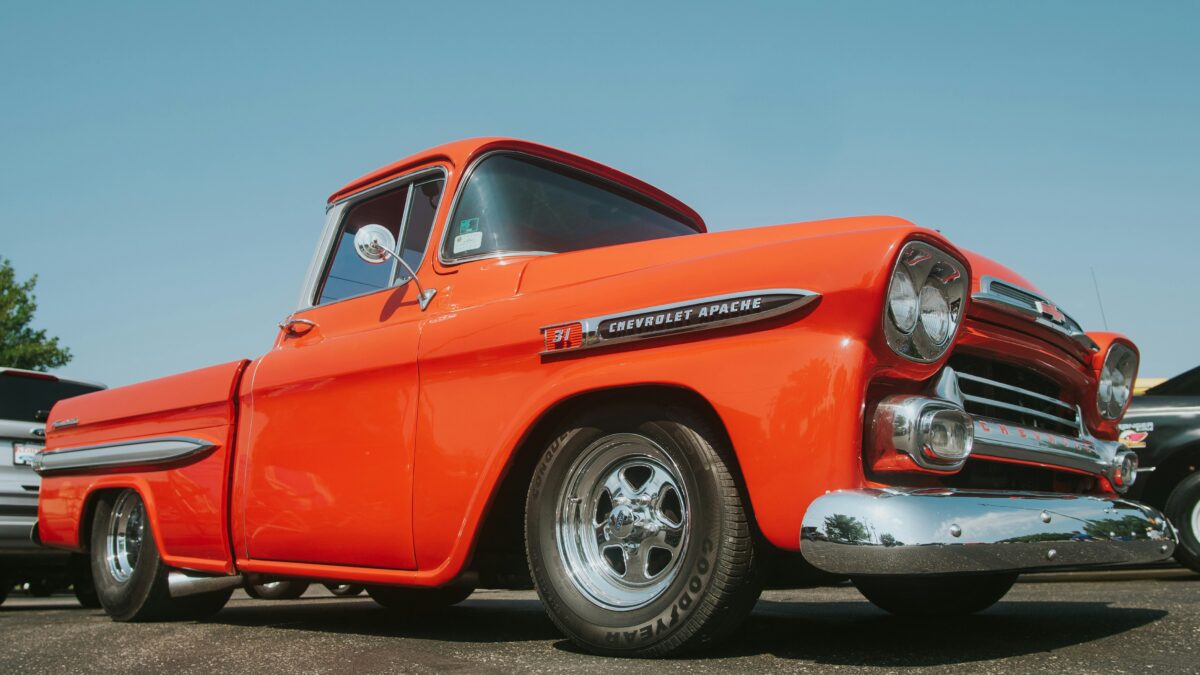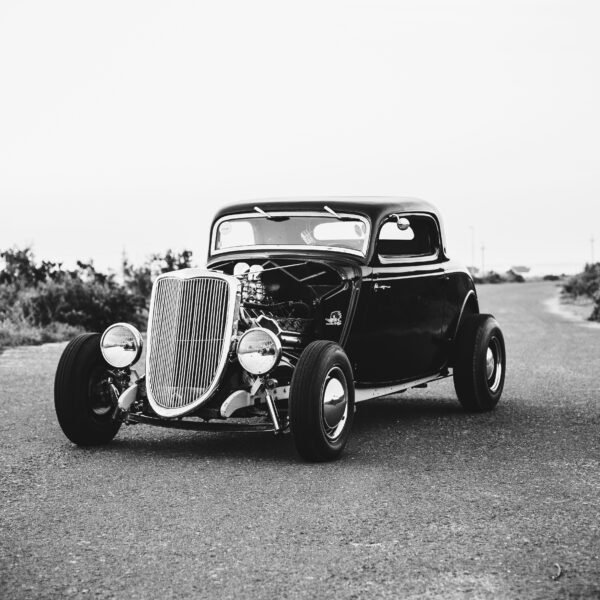Ford Mustang: Then and Now
Ford is a name that has been synonymous with quality and impeccable automotive engineering for over 120 years. Several models have been noted for their excellence and popularity with customers throughout its history, such as the Ford Mondeo, Ford Bronco, and Ford Escort. However, the Mustang proved that Ford could produce a sports car that embodied ground-breaking performance with a sleek design.
Since its release in 1969, the Ford Mustang has had many variations, including the GT, Super Snake, King Cobra, Bullitt, Shelby GT500, and Boss, to name a few. The latest version, the 2024 Ford Mach One Mustang, has been revived after seventeen years with a redesigned suspension and tighter handling. It has also been rumored that an all-electric Ford Mustang will launch in 2029, signaling a new era for the iconic Ford vehicle. Before discussing the Ford Mustang’s exciting future, let’s take a look at just how far this vehicle has come in the 55 years it has been in production. Over almost six decades, there have been six generations of Ford Mustangs, which span from 1963 to the present day.
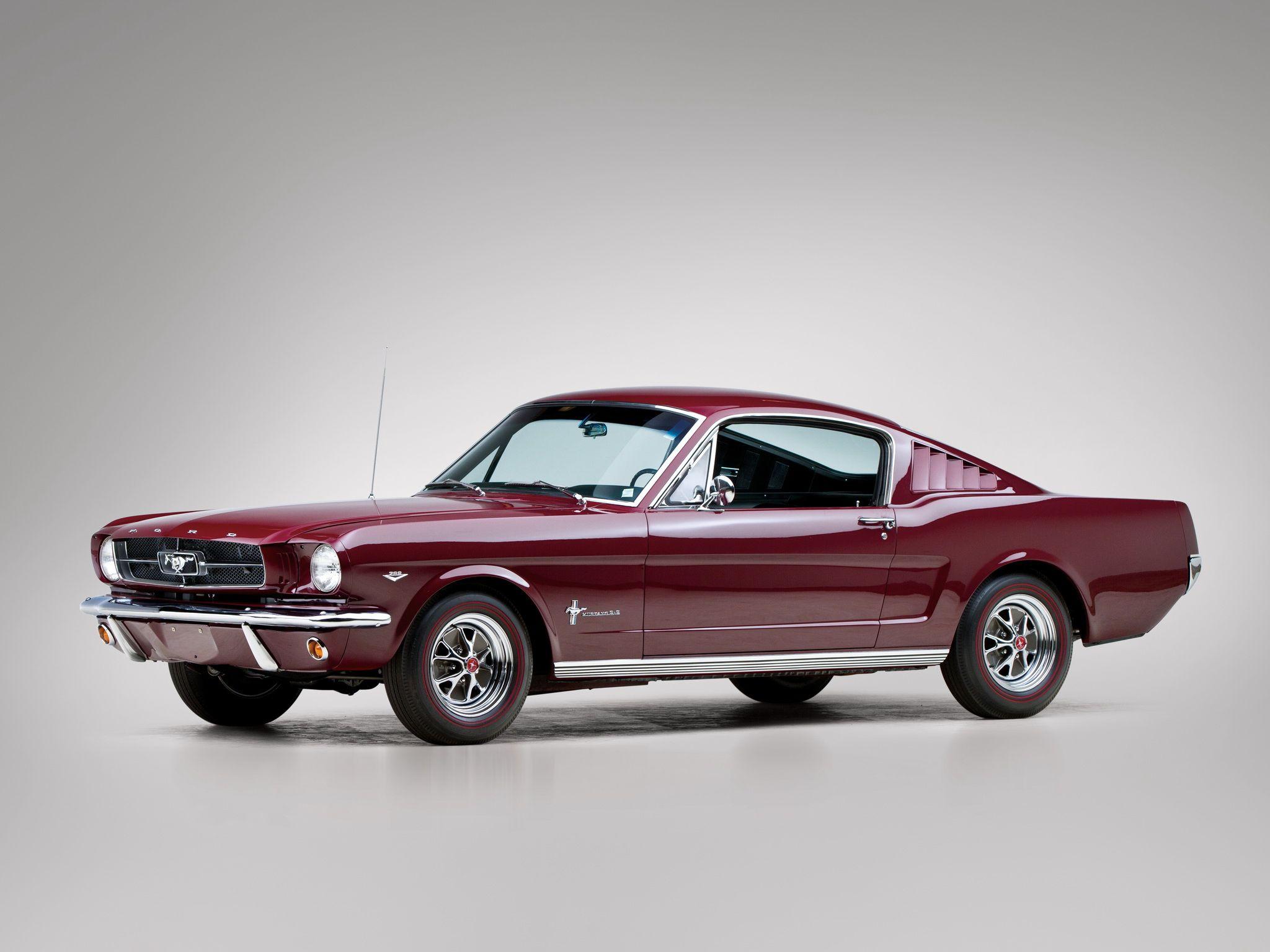
Image source: First-Generation-Mustang.jpg
First Generation (1963 – 1973)
The Ford Mustang I was first released in 1962 as a mid-engine concept car. The model featured classic “pony car” proportions, including a long bonnet, short rear, and sculpted flanks. It wasn’t until 1964 that the first production Mustang was released during the World’s Fair in New York. It exuded a sense of fun, speed, and youth, none of which Ford was known for at the time. The same year, in an excellent advertising move from Ford, the Mustang was featured in the James Bond blockbuster movie, Goldfinger.
Throughout the ’60s, the Mustang increased in popularity with the Mustang I, II, Boss 320, Boss 429, Boss 351, and 429 Super Cobra Jet models. To connect to a broader audience, Ford released three different engine platforms and two exterior body designs from which to choose. This business move catapulted the Mustang past the one million mark in sales. These upgrades include a 302ci V8 engine and a 428ci Cobra Jet engine.
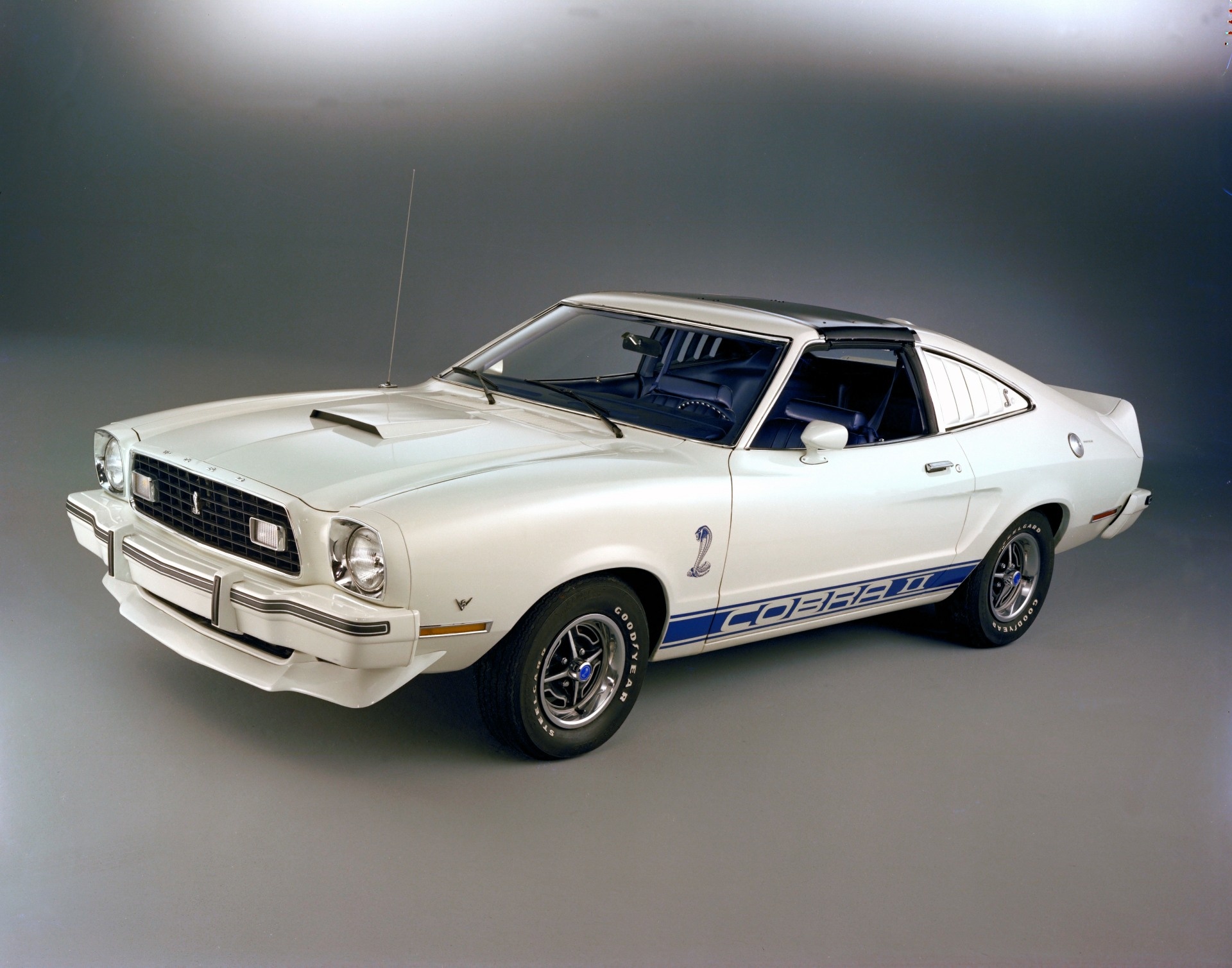
Image source: Mustang-II.jpg
Second Generation (1974 – 1978)
The second generation Mustang underwent many changes after the first edition. Ford understood consumers were looking for a small vehicle with better fuel efficiency. To combat this, the 1964 Mustang contained 2.3L and 2.8L V6 engines but no V8. This came a year later in the form of a 302ci engine supported by a catalytic converter and a fourth gear. The second generation Mustang spans just four years, and in this time, the Cobra II was released with a new bonnet scoop, front and rear spoilers, and its iconic racing stripes.
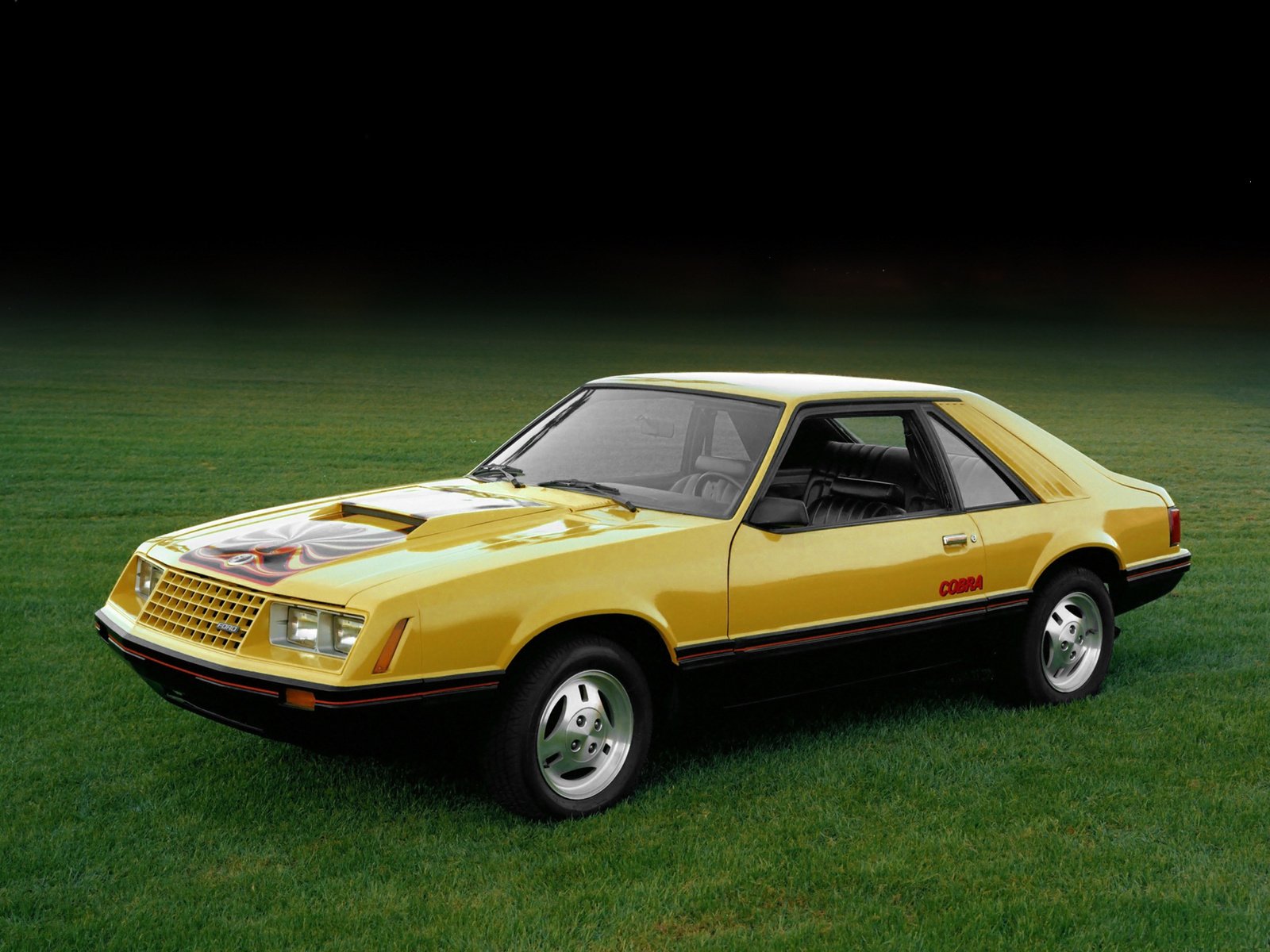
Image souce: 267915-1979-ford-mustang-cobra-muscle.jpg
Third Generation (1979 – 1993)
The third generation is the longest generation of Ford Mustang to date, as its production lasted 14 years. Within this generation, Ford released several changes for its best-seller, including an increase in length, width, and interior space. Even though the Mustang is bigger, it is lighter by 90 kg. To catch consumers’ attention, it came available in coupe and fastback styles. In addition to several engine variations, including four-cylinder, V6, and V8.
To become more economical, in the early 80s, the 5.0L V8 engine was replaced by the 4.2L V6 engine containing 89kW, which was the lowest kW for Mustang ever. The following year, when petrol prices were reduced, the Mustang GT was revived, and the 5.0L V8 engine with 130kW was back.
During this period, the Mustang was equipped with a convertible roof and tempered glass rear window. The Mustang SVO, created by Ford’s Special Vehicle Operations in 1984, contained a turbocharged 2.3L four-cylinder engine, larger tires, and a double-decker rear spoiler. Later that decade, the Mustang got an exterior redesign and gained a new “Aero” outer body.
In the 90s, the Special Vehicle Team produced another limited edition, two-seater model called the Mustang Cobra SVT. This included Koni shocks and a power steering fluid cooler but no radio or air-conditioning. In a unique turn of events, customers must hold a racing license to buy this car.
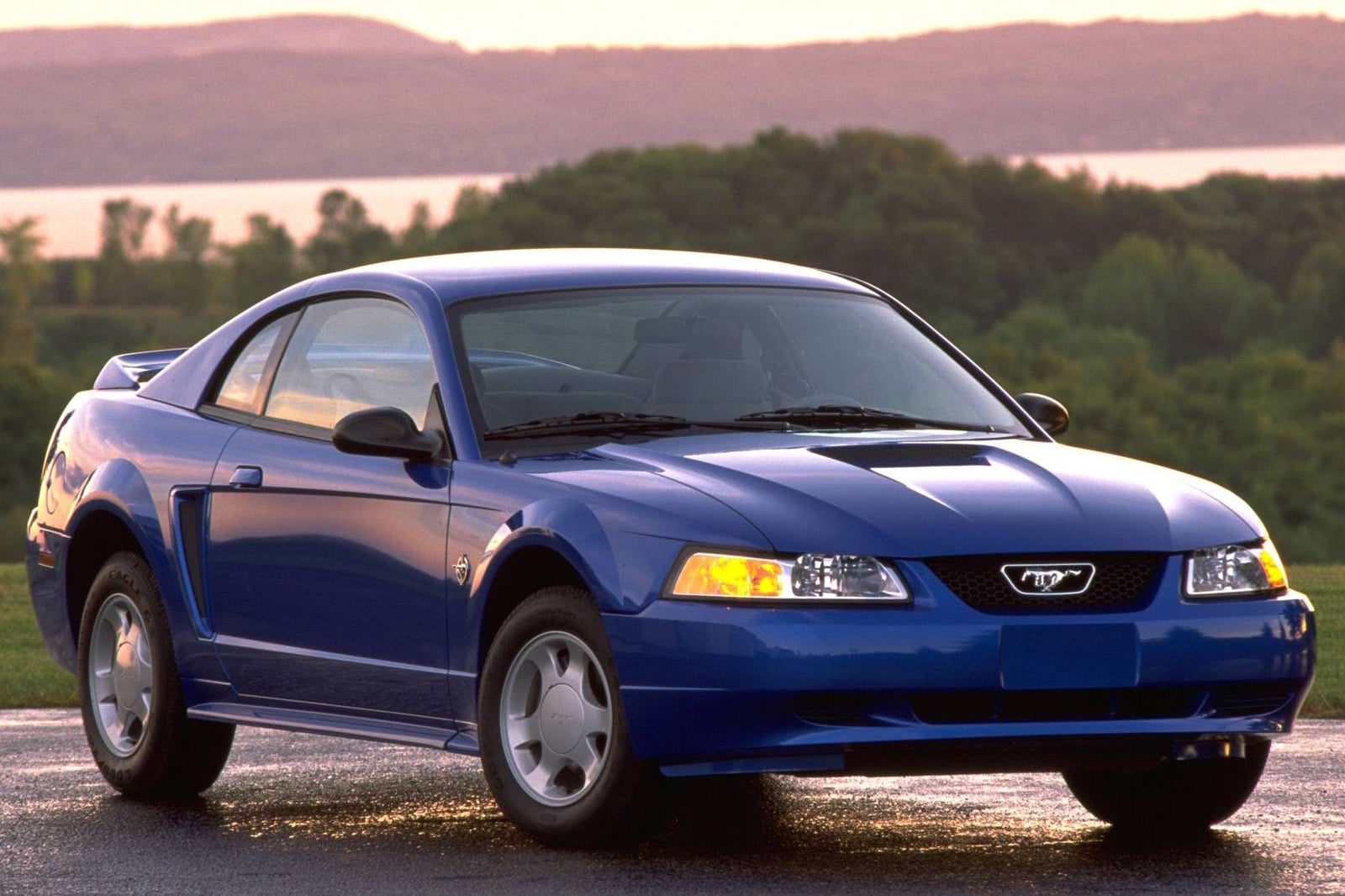
Image source: 1010789.jpg
Fourth Generation (1994 – 2004)
The fourth generation of Mustang started with another redesign in homage to the vehicle’s long heritage. Several models have been updated throughout this generation with increasingly modern and robust components, including the 5.7L V8 engine 250 Cobra R, a 4.6L SOHC V8 Mustang GT, and an SVT Mustang Cobra. Ford enthusiasts criticize the latter models for lack of responsiveness and torque.
Before the start of the millennium, the Mustang received another facelift, including better wheel arches, grille, headlights, and bonnet. The Mustang Bullitt GT debuted in 2001 and is based heavily on the 1968 Mustang. It has similar exterior paint, side scoops, aluminum wheels, and tuned suspension. Also, the Mach 1 was released with a 227kW Cobra motor, a shaker bonnet scoop, and 1960s-inspired interior seats.

Image source: 48892536221_3f12c1c732_b.jpg
Fifth Generation (2005 – 2014)
The fifth generation of Mustang was released in 2004. This design was also influenced by its past, inspired by the original 1964 Mustang. It contained a new 4.0L 157kW V6 or 4.6L 227kW V8 engine with a choice of either a fastback or convertible body. They continued this retro theme throughout the ‘00s with Shelby Hertz and Bullitt models.
The Shelby GT500 was created in 2007 with a 373kW supercharged 5.4L V8 engine. The following year, the Shelby KR was produced, containing 403kW and a carbon fiber bonnet. In the same year, the Mustang line was restyled once again.
Near the end of the fifth generation period, the Mustang line received updated powertrains, including a 307kW 5.0L Coyote V8 engine.
The Boss 302 is also reproduced with several upgrades, including a 5.0L V8 engine and upgraded adjustable suspension. Also, during this time, Ford produced its most powerful Mustang, the Shelby GT500, which contained a 5.8L 494kW V8 engine.
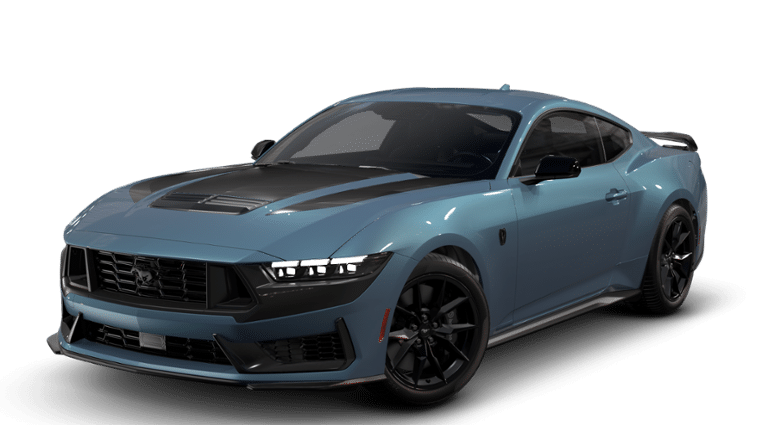
Image source: vehicle.png
Sixth Generation (2015 – Present)
When Ford debuted the sixth generation of Mustang, it was showcased simultaneously in six locations worldwide. It is broader and lower, with a larger interior and an improved suspension. In 2014, Ford hit another milestone with its Mustang as it sold ten million cars worldwide, just shy of its 50th anniversary.
Over the sixth generation, nearly twenty models were redesigned and improved, including the Mach 1, Shelby GT350, GT, and EcoBoost. The 2024 Mach 1 is being released this year with several changes. This includes a ten-speed transmission and two powertrains – one with a 5.0L V with 480 horsepower and a 2.3L Eco-boost with 315 horsepower. It has a modern, technology-driven cockpit and can come in a hardtop coupe or a soft-top convertible body style.
The Ford Mustang has had a long and fascinating history, with new releases still as exciting as those in 1962. Now, it is turning a new corner. All new models are being redesigned without a traditional combustion engine and are officially going electric. It will be riveting to see how Ford remodels one of its most popular vehicles. Just like it has several times over the last six decades.






